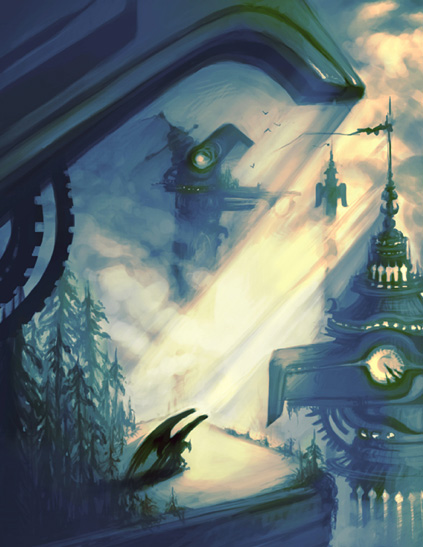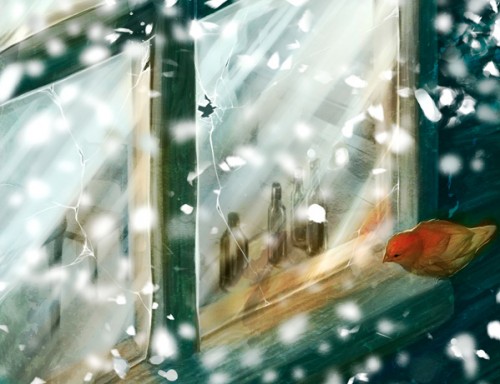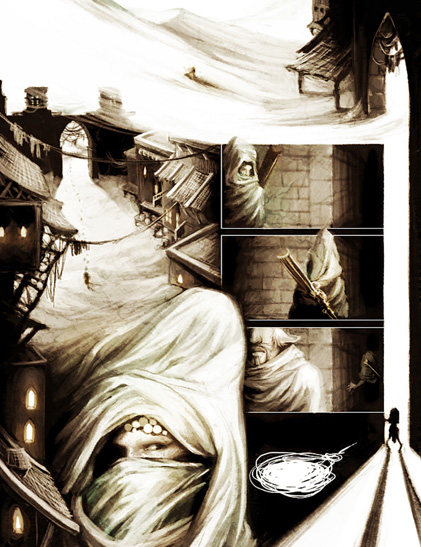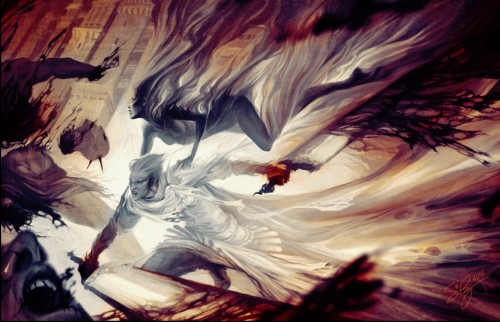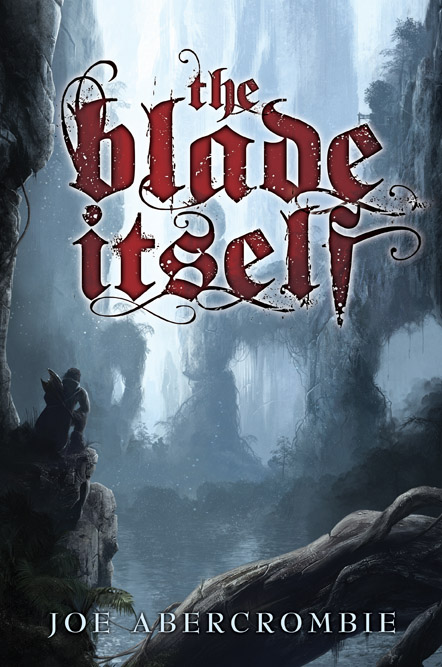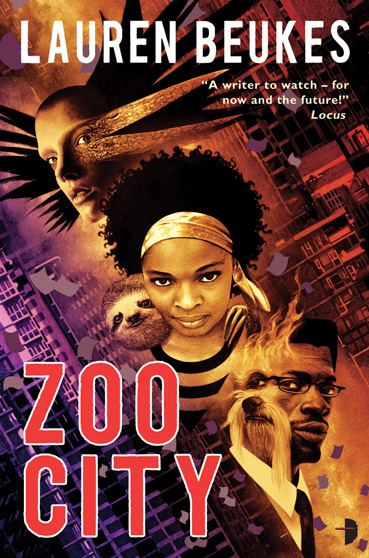
Of all the Short Fiction writers I’ve recently discovered, Ted Chiang is perhaps the highest regarded, but also the least prolific. He’s been nominated for the Hugo Award eight times; of those he won three. He’s won five Nebula Awards and been nominated for the World Fantasy Award. All those awards and nomination, yet only 12 pieces of fiction published in his 20 year career – all short fiction, no novels. Half the stories he’s written have won major literary awards. That’s a hell of a resume. The Merchant and the Alchemist’s Gate won both the Nebula Award and Hugo Award for Best Novelette, and, frankly it’s easy to see why.
Time travel stories are notoriously hard to tell with any success. Time paradoxes, physics being broken and non-linear timelines all lead to plot holes in the hands of an inexperienced author. Novels that pull off the conceit well, like The Anubis Gates by Tim Powers or Slaughterhouse-Five by Kurt Vonnegut are few and far between. Chiang, though, tackles the time travel motif with aplomb and challenges the reader by filling every plot hole just when they think they’ve found one. It’s at turns both clever and profound, full of smart twists and genuine insights into the compulsion we all have to live in the past, to regret turns not made or choices gone wrong. So often, time travel stories present fluid timelines, easily saved or ruined by the hero or antagonist, but Chiang plays with the idea that only the present is fluid and that what’s before us is every bit as defined as what’s passed us by. It’s a story of redemption and regret, with a melancholy air hiding just under the serpentine switchbacks of the puzzle-like time travel narrative.
A free audio version of The Merchant and the Alchemist’s Gate is available on StarShipSofa. It also collected, along with several of Chiang’s other stories, in Stories of Your Life and Others.
